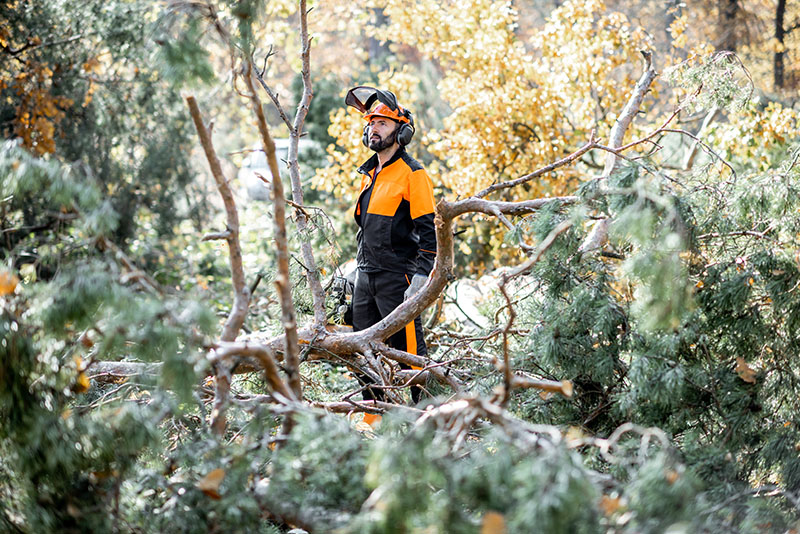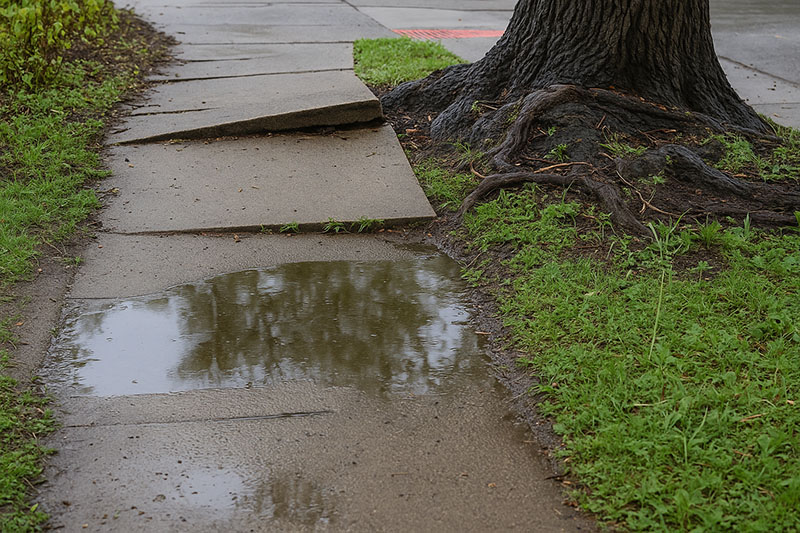Trees are essential to any landscape, offering beauty, shade, and environmental benefits. But as valuable as they are, trees can also become liabilities if damaged, diseased, or unstable. Recognizing when to remove a tree protects your home, ensures safety, and preserves property value.
Tree removal by Juan Concha Arborist Service helps prevent hazards. Available in New Rochelle, NY, our certified team provides safe and professional removals, equipped with the knowledge and expertise to assess, manage, and remove trees with care. Below are some of the most common signs that it may be time to take down a tree on your property.
1. The Tree Is Dead or Dying
One of the most evident signs it’s time for tree removal is if the tree is no longer alive. A dead tree won’t recover and becomes more brittle over time, increasing the risk of branches or the entire trunk falling. If your tree no longer produces leaves or shows signs of decay, such as peeling bark, hollow trunk sounds, or mushroom growth, it’s likely beyond saving.
Dead trees are not just unsightly; they pose serious safety risks, especially during storms or strong winds. Our New Rochelle, NY, team can inspect the tree and determine if removal is the best action.
2. Significant Lean or Unstable Structure
A tree that leans suddenly or excessively may have a compromised root system or internal structural issues. While some trees naturally lean slightly, a new or worsening tilt may indicate that the tree is unstable and at risk of falling.
Juan Concha Arborist Service conducts tree risk assessments to determine whether cabling or other structural support can help or if complete removal is the safest solution. This is especially important for trees near homes, sidewalks, driveways, or power lines.
3. Major Storm or Wind Damage
After a storm, inspecting trees for broken limbs, split trunks, or root exposure is essential. Severe weather can weaken even healthy trees, creating dangerous conditions that aren’t always obvious at first glance. If large branches crack or hang, or the tree partially uproots, remove it promptly to prevent further damage.

We remove damaged trees safely using advanced rigging techniques to protect surrounding structures.
4. Disease or Pest Infestation
Trees infected by diseases or pests can rapidly decline health and may even spread problems to nearby plants. Fungal infections, cankers, trunk swelling, and leaf discoloration are all signs of a diseased tree. Infestations by pests like emerald ash borers or termites may also create internal decay, even if the tree looks healthy from the outside.
If disease treatments or pruning aren’t enough, Juan Concha Arborist Service may recommend removal to protect your landscape. Tree health evaluations are part of our arborist services throughout New Rochelle, NY.
5. Roots Damaging Structures or Utilities
Roots that grow too close to your foundation, septic tank, or underground utilities can cause costly damage. In some cases, aggressive root systems can break through concrete, damage pipes, or shift retaining walls. If roots lift sidewalks or threaten infrastructure, it may be time to remove the tree entirely.

We assess the risks of root damage and provide expert recommendations that prioritize your safety and property integrity.
Choose a Certified Arborist for Safe Removal
Tree removal is never a DIY job. Proper evaluation, planning, and equipment are required to avoid injury or property damage. As ISA Certified professionals, we bring the highest standards of safety and care to every job.
In New Rochelle, NY, Juan Concha Arborist Service is your trusted partner for safe and professional tree removal. Whether the issue is disease, storm damage, or structural instability, we provide expert solutions that protect your property and peace of mind.
Contact us today to schedule a tree inspection or removal service. For more tree care tips and expert guidance, visit out our blog to stay informed year-round.

